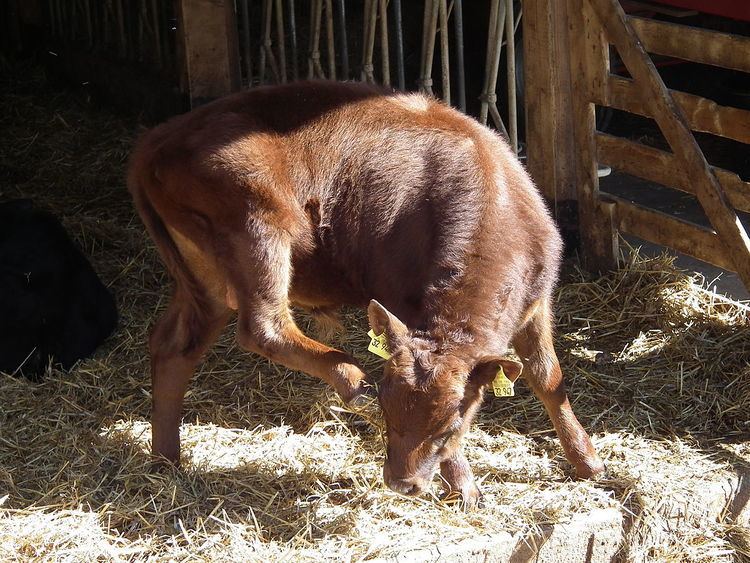 | ||
Comfort behaviours in animals are activities that help maintain the pelage, feathers, integuement or musculoskeletal system and increase the physical comfort of the animal. They are a subset of maintenance behaviours which also include activities such as feeding, drinking and elimination.
Comfort behaviours are performed from an early age and change little during development. Several comfort behaviours are associated with the beginning of a rest period (e.g. grooming), whereas others are associated with the end of a rest period (e.g. stretching), possibly to prepare the body for escape or hunting. Others, (e.g. dust bathing) will be performed only when the appropriate internal and external stimuli are present (see also sham dustbathing). Animals generally perform comfort behaviours only when they are not engaged in essential activities (e.g. feeding, drinking, hunting, escape); these behaviours are therefore sometimes categorised as luxury activities. However, animals can be highly motivated to perform some comfort behaviours (e.g. dust bathing in hens), and conditions that thwart these behaviours (e.g. battery cages) are considered to have a negative influence on animal welfare. Furthermore, some comfort behaviours show a rebound increase in intensity or frequency after they have been prevented for a period of time (e.g. wing flapping after releasing caged hens).
Comfort behaviours are sometimes associated with physiological changes. For example, allogrooming has been associated with effects on heart rate, immunity and beta-endorphins; experimental studies have shown that horses being groomed by humans experience a lowered heart rate.
Comfort behaviours may have several functions, including the extraction or removal of foreign objects such as ectoparasites, insects, leaves, dirt and twigs. Felidae cats are well known for their extensive grooming; one possible reason for such grooming is to remove all traces of blood and other organic matter so as not to alert prey with the scent. Flying and gliding animals preen and groom to keep their feathers or wings in good aerodynamic condition. Some animals waterproof themselves during comfort behaviours, while others groom their fur to maintain its insulative properties. Many social animals adapt preening and grooming behaviours for other social purposes, such as bonding and social structure maintenance.
List of comfort behaviours in animals
Some comfort behaviours appear across several taxa (e.g. autogrooming), whereas others may be limited to particular groups (e.g. nail sharpening primarily in cats). An incomplete list of comfort behaviours includes:
